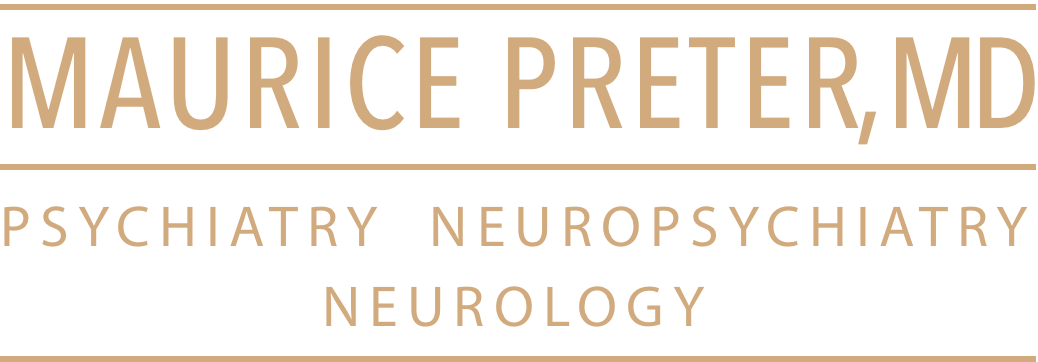Aromatic-turmerone induces neural stem cell proliferation in vitro and in vivo
Joerg Hucklenbroich12, Rebecca Klein23, Bernd Neumaier3, Rudolf Graf3, Gereon Rudolf Fink12, Michael Schroeter123 and Maria Adele Rueger123*
- *Corresponding author: Maria A Rueger adele.rueger@uk-koeln.de
1Cognitive Neuroscience, Institute of Neuroscience and Medicine (INM-3), Research Centre Juelich, Leo-Brandt-Straße 52425, Jülich, Germany
2Department of Neurology, University Hospital of Cologne, Cologne, Germany
3Max Planck Institute for Neurological Research, Cologne, Germany
Stem Cell Research & Therapy 2014, 5:100 doi:10.1186/scrt500
The electronic version of this article is the complete one and can be found online at: http://stemcellres.com/content/5/4/100
| Received: | 27 May 2014 |
| Revisions received: | 12 August 2014 |
| Accepted: | 12 August 2014 |
| Published: | 26 September 2014 |
© 2014 Hucklenbroich et al.; licensee BioMed Central Ltd.
This is an Open Access article distributed under the terms of the Creative Commons Attribution License (http://creativecommons.org/licenses/by/4.0), which permits unrestricted use, distribution, and reproduction in any medium, provided the original work is properly credited. The Creative Commons Public Domain Dedication waiver (http://creativecommons.org/publicdomain/zero/1.0/) applies to the data made available in this article, unless otherwise stated.
Abstract
Introduction
Aromatic (ar-) turmerone is a major bioactive compound of the herb Curcuma longa. It has been suggested that ar-turmerone inhibits microglia activation, a property that may be useful in treating neurodegenerative disease. Furthermore, the effects of ar-turmerone on neural stem cells (NSCs) remain to be investigated.
Methods
We exposed primary fetal rat NSCs to various concentrations of ar-turmerone. Thereafter, cell proliferation and differentiation potential were assessed. In vivo, naïve rats were treated with a single intracerebroventricular (i.c.v.) injection of ar-turmerone. Proliferative activity of endogenous NSCs was assessed in vivo, by using noninvasive positron emission tomography (PET) imaging and the tracer [18F]-fluoro-L-thymidine ([18F]FLT), as well as ex vivo.
Results
In vitro, ar-turmerone increased dose-dependently the number of cultured NSCs, because of an increase in NSC proliferation (P < 0.01). Proliferation data were supported by qPCR-data for Ki-67 mRNA. In vitro as well as in vivo, ar-turmerone promoted neuronal differentiation of NSCs. In vivo, after i.c.v. injection of ar-turmerone, proliferating NSCs were mobilized from the subventricular zone (SVZ) and the hippocampus of adult rats, as demonstrated by both [18F]FLT-PET and histology (P < 0.05).
Conclusions
Both in vitro and in vivo data suggest that ar-turmerone induces NSC proliferation. Ar-turmerone thus constitutes a promising candidate to support regeneration in neurologic disease.
